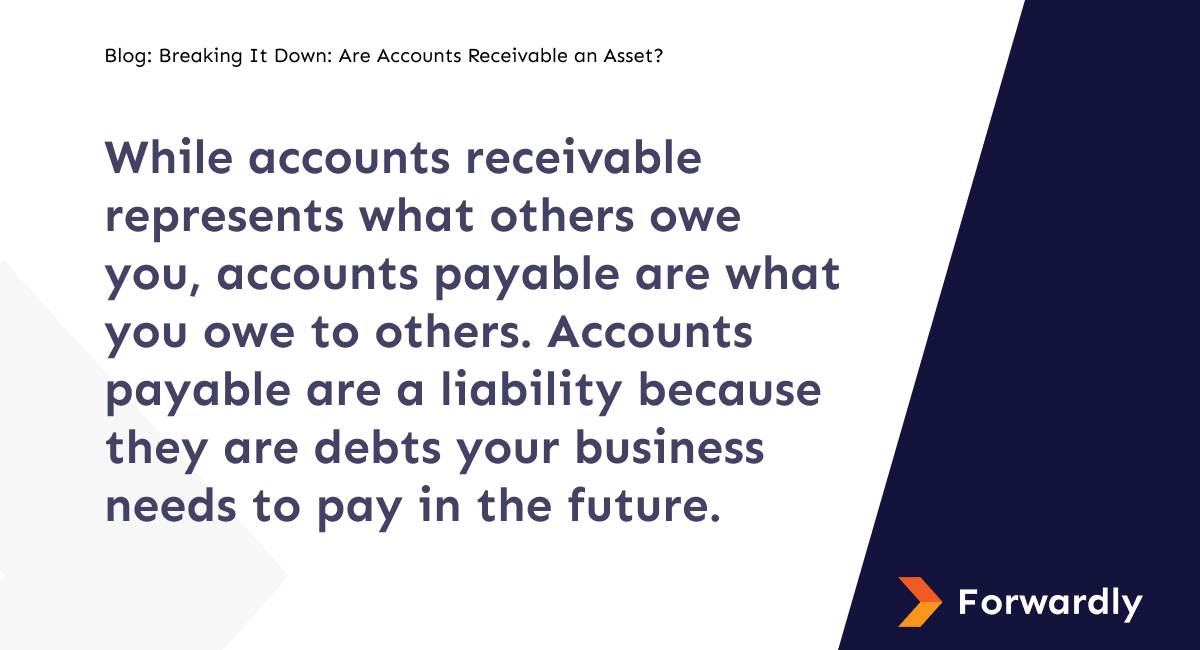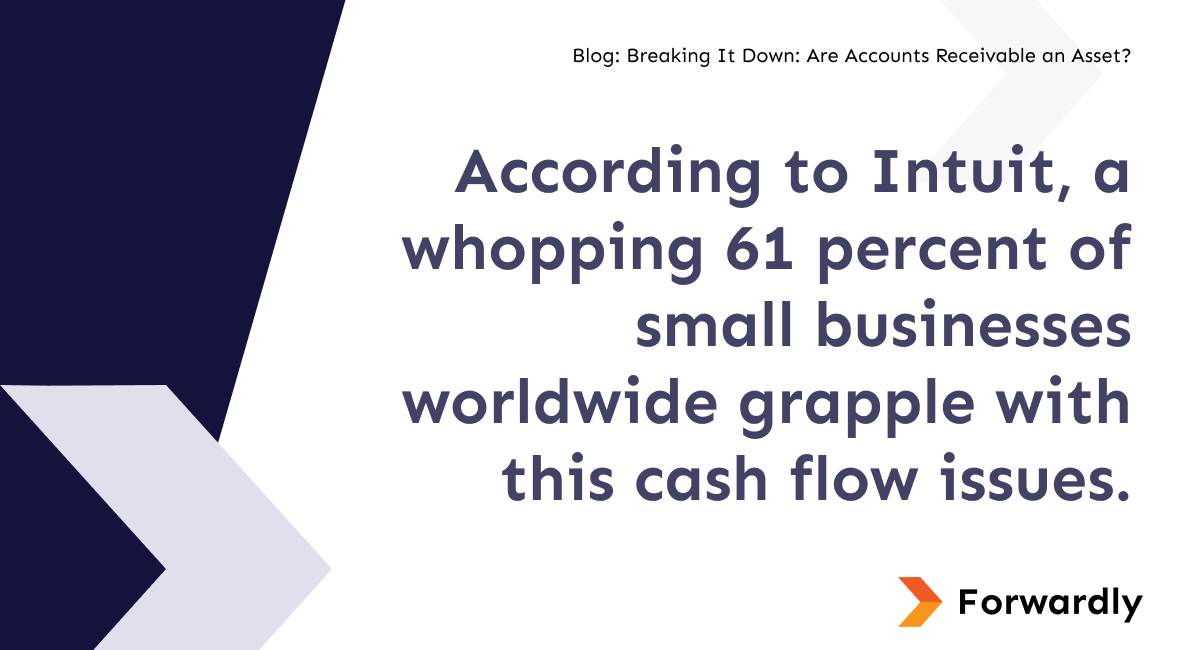Whether you’re just starting your own business journey or already working as part of a team, having a good understanding of essential concepts can really boost your ability to run your company smoothly. One such concept is “Accounts Receivable,” or AR. To grasp the significance of accounts receivable, you first need to understand how they are classified.
Accounts Receivable are essentially money owed to your business for products or services provided. This classification as asset matters because it affects your financial health and the potential growth of your company. In this blog, we’ll break down what accounts receivable are, why they matter, and how you can manage them to your advantage.
What are accounts receivable?
Accounts receivable are the sums of money that your customers owe you for goods or services they’ve received but haven’t paid for yet. In simple terms, it’s money you expect to receive soon. It’s like a promise from your customers to pay you. When you make credit sales, you essentially extend trust to your customers to pay later. This results in those outstanding amounts becoming accounts receivable. But how do we differentiate between accounts receivable and accounts payable? While accounts receivable represents what others owe you, accounts payable are what you owe to others. Accounts payable are a liability because they are debts your business needs to pay in the future.

Are accounts receivable an asset or a liability?
Accounts receivable are your business’s financial assets, and they hold the promise of future income. They’re valuable resources waiting to be collected. Accounts receivable are a financial resource that contributes to your company’s overall value. However, it’s essential to note that while accounts receivable are assets, there are risks associated with them. For instance, there’s always a chance that a customer might default on payment or delay it, which can affect the business’s cash flow. Hence, managing accounts receivable effectively is important for maintaining a healthy financial position.
The impact of accounts receivable on a company’s financial health
Accounts receivable can greatly influence your business’s financial health. The faster you collect, the better your cash flow and liquidity become, which can help your company thrive. In the U.S., where 39% of invoices are hard to get, staying on top of payments is crucial. It opens doors to seizing opportunities, getting bigger deals, and weathering economic storms without breaking a sweat. Efficient receivables management isn’t just about money; it’s a domino effect. It cuts down borrowing costs, keeps customers happy, and streamlines working capital structure. It’s a balancing act that, when executed well, not only ensures financial stability but also positions the company favorably in the eyes of lenders, investors, and customers.
How accounts receivable are recorded on the balance sheet
On your balance sheet, accounts receivable are like a financial asset highlight. They’re listed under “current assets,” signaling that this is money your business is set to pocket relatively soon. It’s essentially a placeholder for the cash you anticipate from customers who owe you for goods or services. This makes your business look more valuable on paper, showcasing the funds that are on their way and boosting your overall financial status. It’s like putting a checkmark next to the money you’re counting on.
What are some of the challenges and risks associated with high accounts receivable?
While accounts receivable are essential, having too many outstanding can pose challenges. It can lead to cash flow and liquidity concerns, the risk of non-payment, and bad debt.
Cash flow and liquidity concerns
When you have a lot of money tied up in accounts receivable, you’re stuck in a waiting game. This can lead to cash flow problems, making it challenging to pay your bills on time or seize new opportunities. According to Intuit, a whopping 61 percent of small businesses worldwide grapple with this cash flow issue. It’s close to having your money sit on the sidelines when it could be actively contributing to your business’s growth.

The risk of non-payment and bad debt
Not every customer follows through with timely payments, and some might not pay at all. This introduces the risk of bad debt, which is essentially money that becomes doubtful or uncollectible. It’s like banking on a promise that might not be kept. The more accounts receivable you have, the higher the chance of encountering customers who struggle to pay, potentially impacting your bottom line.
The Forwardly solution
Managing accounts receivable efficiently is crucial. Are you ready to turn your accounts receivable into a valuable asset for your business? Let Forwardly be your guide. Forwardly offers faster payment options with affordable instant payments and free same-day ACH. Plus, we’ve got your back with a cash flow forecasting tool that spans up to 12 months. With this, you’ll be able to manage your accounts receivable effectively, streamline your finances, and secure your business’s financial future. Join Forwardly today and start building a brighter financial future for your business!
 Back to Blog
Back to Blog


